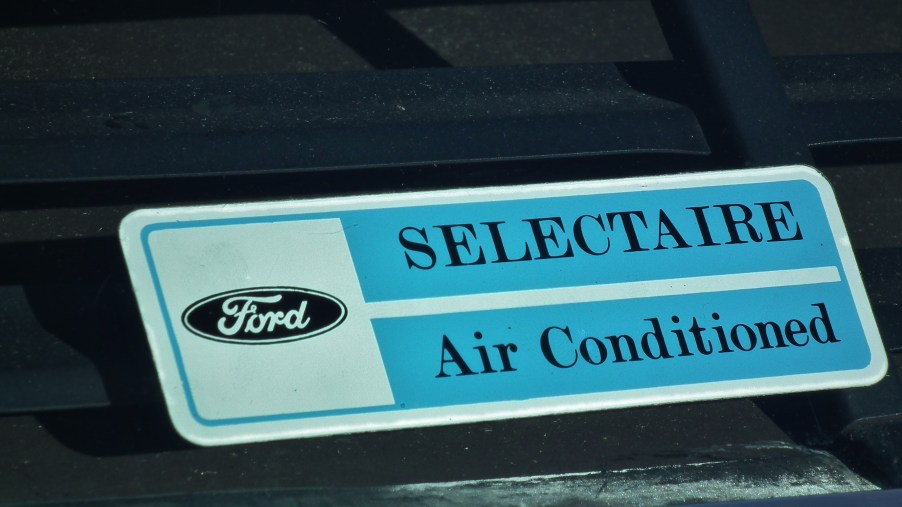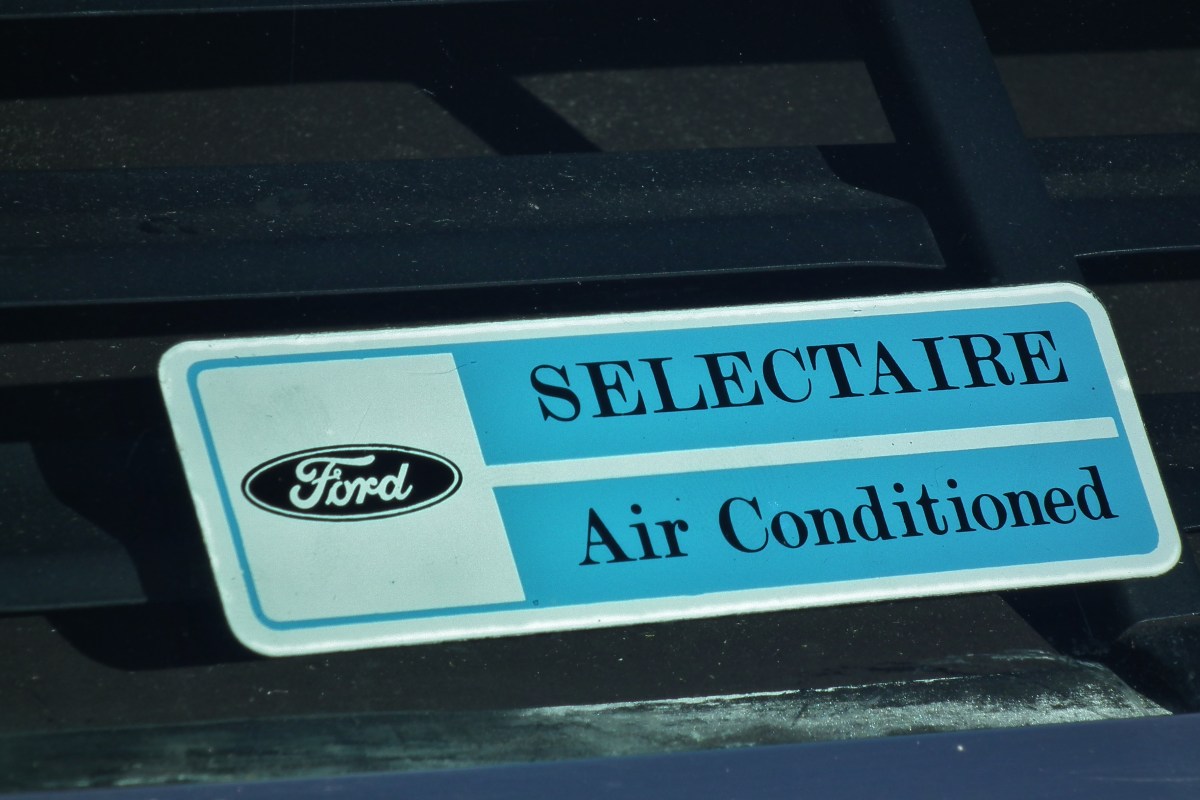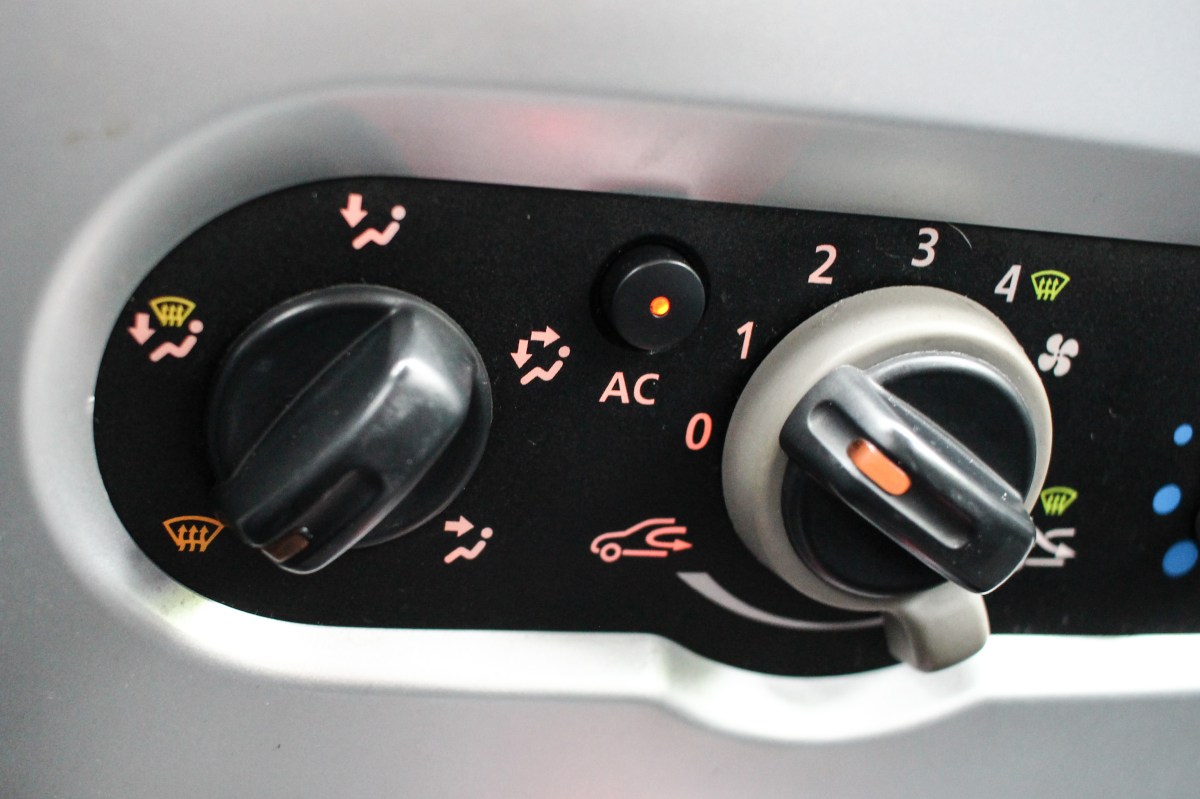
Help! Why Did My Car’s Air Conditioner Stop Working?
It’s hot. During the record-breaking summer heatwave, many of us are facing we know that having a working air conditioner isn’t a luxury, it’s a necessity. Cars, trucks and SUVs built today are not really designed to be driven without the air conditioner on. If you’re old enough you remember wind wings on cars that would channel air into the cabin. But we’re not just blowing hot air: you can fix it yourself.
What can cause the AC to stop working in a car?

The most common problem is that the refrigerant leaked out and you need to recharge the system. While you can recharge it yourself, and more on that below, you also should find the leak so you don’t leak more fluid in the atmosphere. Often, the best way to fix your A/C is to take your car to a professional who can diagnose it because compressors, blenders, fans and other problems could cause the system to blow hot air. Most cars’ and trucks’ air conditioners work very efficiently and air at the vents should be close to 40 degrees coming out when the A/C in on full cold.
Why is my car’s air conditioner running but not cooling?
Often, you’ll hit your car air conditioner button and nothing happens. You’ll hear the compressor turn on, and maybe feel it working, but all you get is hot air blowing from your vents. That’s most likely due to a leak in the system. Your refrigerant, which is a high-pressure gas, can escape through even a pinhole leak. Some still call it Freon, modern cars and trucks use two types: R124a or R12. Fixing that musty smell, however, is a different job.
There are four ways to diagnose your system yourself

The first thing to do if your car’s AC stops is check fuses. Most mechanics will check is the A/C compressor fuse to make sure it’s not blown. You can learn where that is in the manual. But, if it’s not that simple, these are the four signs that your car needs more refrigerant:
1: Your car blows room temperature air, or worse, hot air when the A/C is on.
2: You can’t hear the clutch click on. Your compressor won’t kick on if there’s no pressure in the system. So, if you don’t hear the click at the engine, there may be a problem. The compressor is what runs the system and can cause your gas mileage to go down when you turn it on.
3: A visible leak is a clear sign that you not only need refrigerant, but also need a new hose. Luckilly, a new hose isn’t too expensive at the local O’Reilly.
4: Did your compressor ice over? Ice on the compressor means that moisture got into the system and took the place of the refrigerant, and it froze.
How to recharge a car’s air conditioner
Recharging your car air conditioner system is one of the most satisfying and easy do-it-yourself jobs. Most auto part supply stores sell little bottles of AC refrigerant. Make sure you get the right kind, but most every car sold in the U.S. after the 1990s uses R134a. The kits are $30 to $50 from an auto parts store like NAPA and most come with a hose, a gauge, a bottle of refrigerant and the connector. Pretty much all you do is connect the hose to the low-pressure service port of the car’s AC, which you can find with a quick online search.
The video above has a good explanation of how to do it yourself. But, the bottles have directions. Make sure you have an outside temperature gauge because the outside temperature is key to making the air conditioner work.
How much is an AC unit?

Cars don’t really have an AC “unit” anymore. They’re complicated systems that have compressors, condensers, blowers, belts, fans, evaporators, blenders, sensors and more. So, if you’re unsure what part isn’t working, a professional can tell you pretty quickly. But, for reference, a compressor can cost $200 to $600 from most local parts stores or a dealer. But, if you do any work yourself on you’re AC system, make sure you’ve captured or capped the refrigerant so it doesn’t leak out.


